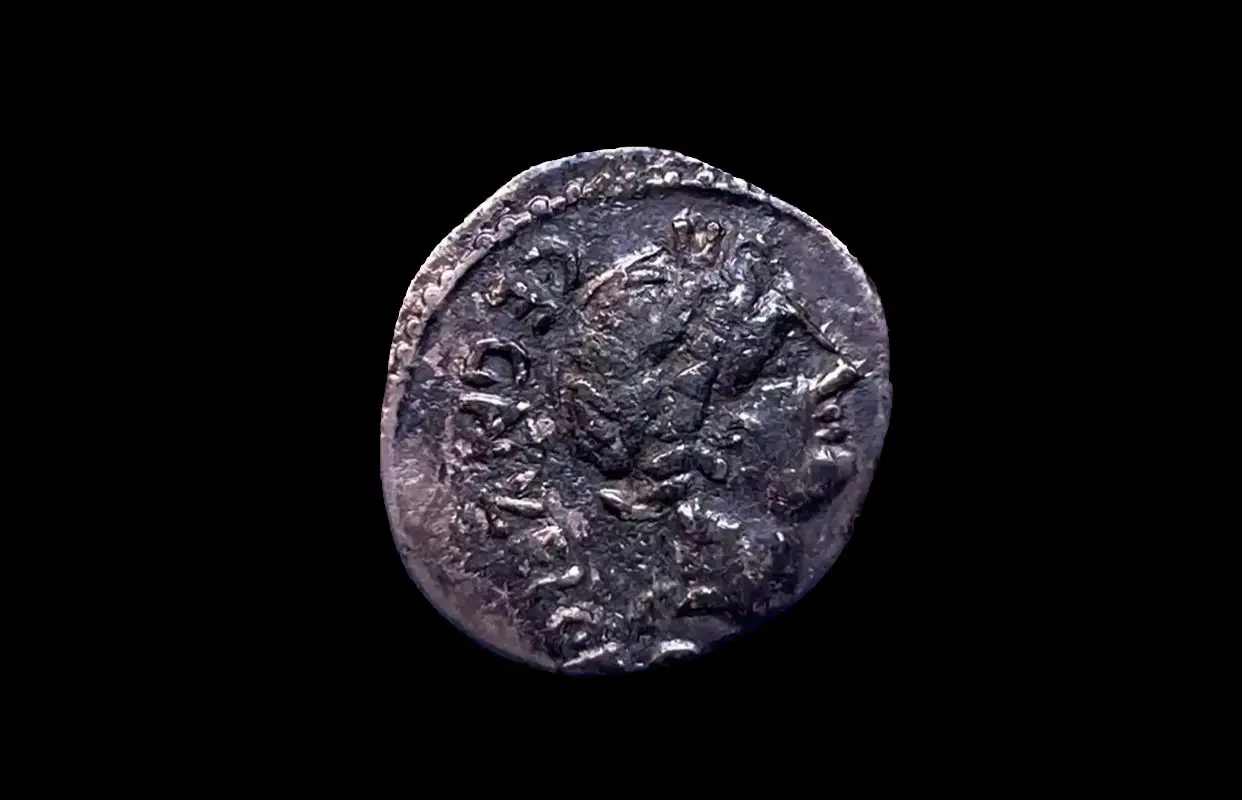A group of Italian archaeologists have uncovered over 3,000 Roman coins at Claternae, located in the Italian municipality of Ozzano dell’Emilia.
Claternae was a Roman town on the Via Emilia, situated between the coloniae of Bononia and Forum Cornelii. The town was founded during the 2nd century BC, with continuous occupation lasting until the collapse of the Roman Empire.
Previous studies at Claternae, conducted by the Archaeology, Fine Arts and Landscape Superintendency, have found remnants of the forum, sculptures, bath houses, streets, and domus containing vibrant coloured marbles and mosaics.
Italian Secretary of State for Culture, Lucia Borgonzoni, said: “Due to the importance and quantity of its remains recovered so far, it is probably a Pompeii of the north.”
In the latest excavations, archaeologists have unearthed over 3,000 Roman coins, consisting of mainly silver and bronze coins, and numerous gems with engravings dedicated to Roman deities. The most notable coin is a Republican era quinary, a rare silver coin dated to 97 BC which was found in the corridors of a recently discovered theatre complex.
According to the researchers, the recent discoveries indicate that Claterna was far more than just a transit town within the Roman world, challenging previously held assumptions. “It was a trading centre with direct contacts with Rome,” added Borgonzoni.
The superintendent of Bologna, Francesca Tomba, said “A large part of the site is still yet to be discovered.” To date, around 18 hectares have so far been excavated, which corresponds to only one tenth of the entirety of the Roman town.
Header Image Credit : Ministry of Culture







